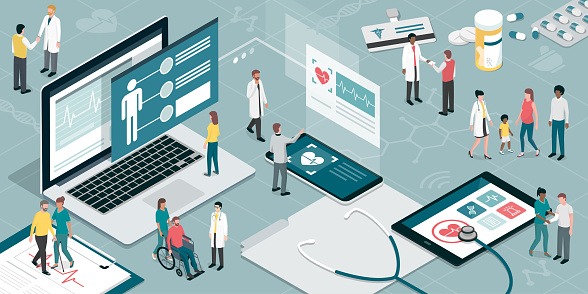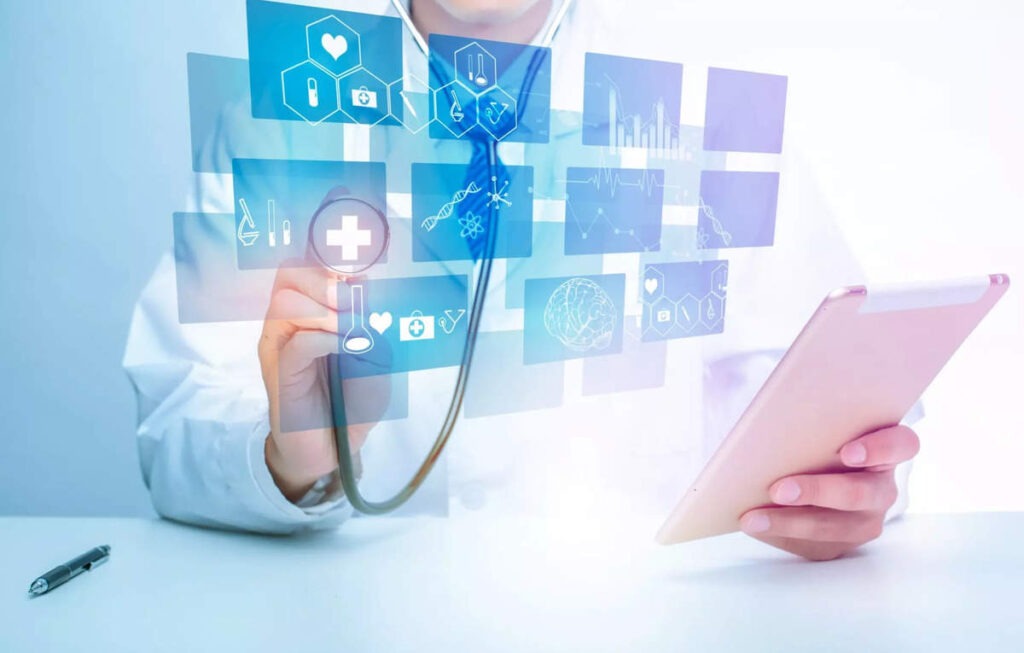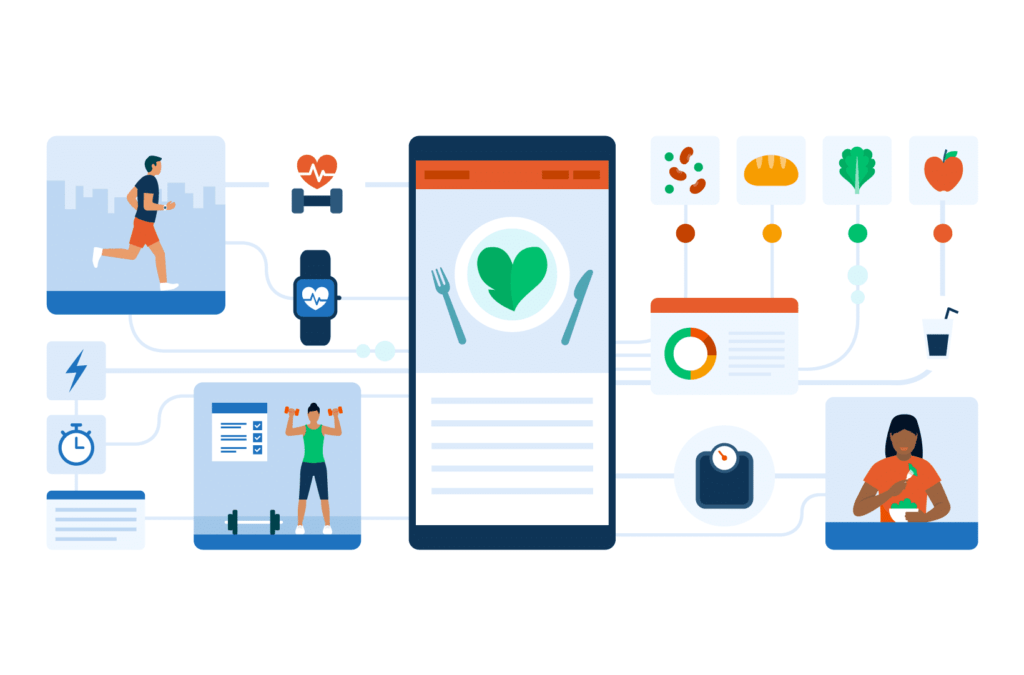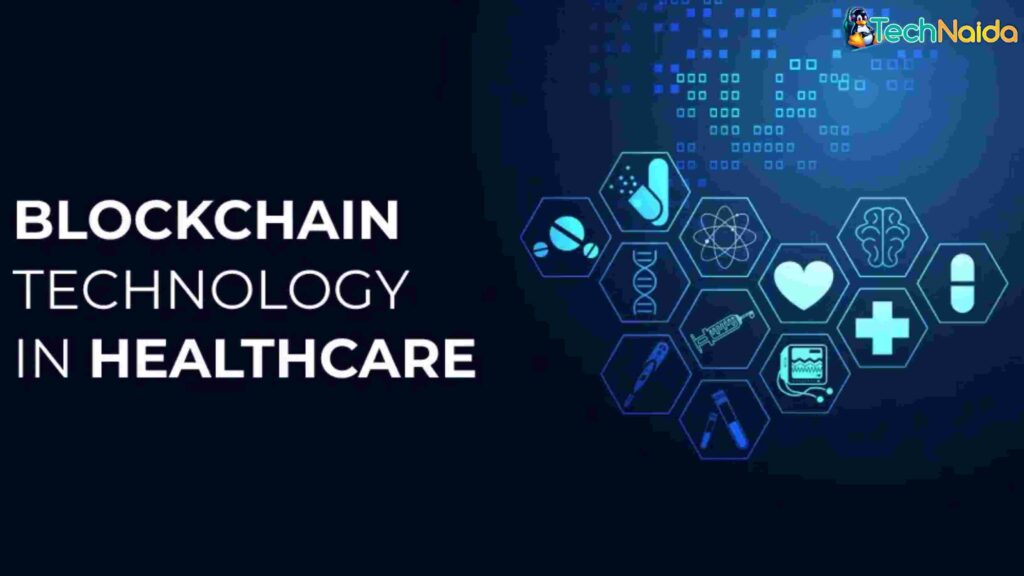Health Information Technology (Health IT) encompasses a vast array of technologies designed to manage, share, and analyze health information. These solutions aim to improve patient care, reduce healthcare costs, and enhance the efficiency of healthcare systems. From Electronic Health Records (EHR) to telemedicine, Health IT is transforming the landscape of modern healthcare.
Importance in Modern Healthcare
The integration of Health IT is crucial in modern healthcare due to its potential to streamline operations, enhance patient outcomes, and provide real-time access to critical health data. It enables healthcare providers to deliver more personalized and efficient care, ultimately improving the overall quality of healthcare services.
Types and Categories
Electronic Health Records (EHR)
EHR systems are digital versions of patients’ paper charts. They contain comprehensive patient data, including medical history, diagnoses, medications, treatment plans, immunization dates, allergies, radiology images, and laboratory test results. EHRs facilitate better coordination among healthcare providers and improve patient care by providing up-to-date, accurate, and complete information about patients at the point of care.
Telemedicine
Telemedicine involves the use of electronic communications and software to provide clinical services to patients without an in-person visit. It allows healthcare providers to consult, diagnose, and treat patients remotely, which is particularly beneficial in rural or underserved areas. Telemedicine can improve access to care, reduce travel time, and lower healthcare costs.
Health Information Exchange (HIE)
HIE refers to the electronic movement of health-related information among organizations according to nationally recognized standards. It enables the sharing of patient information between different healthcare entities, facilitating better coordination of care, reducing duplicative tests, and improving clinical decision-making.
Remote Patient Monitoring (RPM)
RPM uses digital technologies to collect health data from individuals in one location and electronically transmit that information to healthcare providers in a different location. This method allows for continuous monitoring and management of chronic conditions, such as diabetes or heart disease, outside traditional clinical settings.
Mobile Health (mHealth)
mHealth involves the use of mobile devices, such as smartphones and tablets, to support public health and clinical practice. It includes mobile apps for health education, remote monitoring, disease management, and personal health tracking. mHealth can empower patients to take control of their health and improve their engagement with healthcare services.
Clinical Decision Support Systems (CDSS)
CDSS are computer-based systems that analyze data within EHRs to provide healthcare providers with evidence-based clinical decision support. These systems can enhance clinical workflows, reduce errors, and improve patient safety by offering reminders, alerts, and diagnostic support at the point of care.
Patient Portals
Patient portals are secure online websites that give patients convenient, 24-hour access to personal health information from anywhere with an internet connection. They typically include access to medical records, appointment scheduling, prescription refill requests, and direct communication with healthcare providers. Patient portals enhance patient engagement and satisfaction by providing transparency and facilitating better communication.
Symptoms and Signs

Inefficiencies in Traditional Healthcare
Traditional healthcare systems often suffer from inefficiencies, such as fragmented care, redundant testing, and delays in diagnosis and treatment. These inefficiencies can lead to increased healthcare costs, reduced patient satisfaction, and poorer health outcomes.
Improved Patient Outcomes
Health IT solutions address these inefficiencies by improving the accuracy and accessibility of patient information, enhancing care coordination, and supporting evidence-based decision-making. These improvements can lead to better patient outcomes, including reduced hospital readmissions, lower mortality rates, and improved management of chronic diseases.
Enhanced Data Management
Effective data management is critical for high-quality patient care. Health IT solutions provide robust data management capabilities, allowing healthcare providers to collect, store, and analyze large volumes of health data efficiently. Enhanced data management supports clinical research, public health initiatives, and population health management.
Causes and Risk Factors
Technological Advancements
The rapid advancement of technology has been a major driver of Health IT adoption. Innovations in software, hardware, and telecommunications have enabled the development of sophisticated Health IT systems that can handle complex health data and support various healthcare applications.
Increasing Healthcare Costs
Rising healthcare costs have prompted healthcare organizations to seek ways to improve efficiency and reduce expenses. Health IT solutions can streamline operations, reduce administrative burdens, and minimize unnecessary tests and procedures, ultimately lowering healthcare costs.
Patient Demand for Better Services
Patients are increasingly demanding more convenient, accessible, and personalized healthcare services. Health IT solutions, such as telemedicine and patient portals, meet these demands by providing patients with easy access to healthcare services and information.
Diagnosis and Tests

Data Analytics in Health IT
Data analytics plays a crucial role in Health IT by enabling the analysis of large datasets to uncover patterns, trends, and insights that can improve patient care and operational efficiency. Predictive analytics, for example, can help identify patients at risk of developing certain conditions, allowing for early intervention and preventive care.
Real-Time Data Monitoring
Real-time data monitoring involves the continuous collection and analysis of health data from various sources, such as wearable devices and remote monitoring systems. This real-time data can be used to track patient health status, detect anomalies, and provide timely interventions, improving patient outcomes and reducing hospital admissions.
Interoperability Testing
Interoperability is the ability of different Health IT systems to work together and exchange information seamlessly. Interoperability testing ensures that Health IT solutions can communicate and share data effectively, facilitating better coordination of care and reducing the risk of errors and data silos.
Treatment Options
Implementation of EHR Systems
Implementing EHR systems involves selecting the right software, customizing it to meet the needs of the healthcare organization, training staff, and transitioning from paper-based records to digital ones. Successful implementation requires careful planning, stakeholder engagement, and ongoing support.
Adoption of Telemedicine Practices
Adopting telemedicine practices involves integrating telehealth platforms into clinical workflows, training healthcare providers on how to conduct virtual consultations, and ensuring that patients have access to the necessary technology. Telemedicine can enhance access to care, especially for patients in remote or underserved areas.
Utilization of RPM Technologies
Utilizing RPM technologies involves setting up devices that can monitor patients’ health parameters remotely, such as blood pressure monitors or glucose sensors, and integrating these devices with Health IT systems. RPM can improve chronic disease management, reduce hospital visits, and empower patients to take an active role in their health.
Integration of CDSS
Integrating CDSS into healthcare workflows involves embedding decision support tools within EHR systems, training healthcare providers on how to use these tools effectively, and continuously updating the system with the latest clinical guidelines and evidence-based practices. CDSS can enhance clinical decision-making, reduce errors, and improve patient safety.
Preventive Measures
Cybersecurity in Health IT
Cybersecurity is a critical aspect of Health IT, as healthcare data is a prime target for cyberattacks. Implementing robust cybersecurity measures, such as encryption, access controls, and regular security audits, is essential to protect patient data and maintain the integrity of Health IT systems.
Training and Education for Healthcare Professionals
Training and education are vital for the successful adoption of Health IT solutions. Healthcare professionals need to be trained on how to use new technologies effectively, understand the benefits and limitations of these tools, and stay updated on the latest advancements in Health IT.
Regular Software Updates and Maintenance
Regular software updates and maintenance are necessary to ensure that Health IT systems remain secure, reliable, and effective. Keeping software up to date helps to address security vulnerabilities, improve performance, and add new features that enhance functionality.
Personal Stories or Case Studies
Case Study: EHR Implementation in a Rural Hospital
A rural hospital implemented an EHR system to replace its outdated paper-based records. The transition involved significant challenges, including staff resistance and technical difficulties. However, with proper training and support, the hospital successfully adopted the EHR system, resulting in improved care coordination, reduced errors, and enhanced patient satisfaction.
Case Study: Telemedicine in Chronic Disease Management
A healthcare provider implemented a telemedicine program for managing chronic diseases, such as diabetes and hypertension. The program included virtual consultations, remote monitoring, and patient education. As a result, patients experienced better disease control, fewer hospitalizations, and higher satisfaction with their care.
Expert Insights
Interview with a Health IT Specialist
Dr. Jane Smith, a Health IT specialist, emphasizes the importance of interoperability in Health IT systems. “Interoperability is crucial for enabling seamless data exchange and improving care coordination. Without it, we risk creating data silos that can hinder patient care and clinical decision-making.”
Insights from a Healthcare Administrator
John Doe, a healthcare administrator, highlights the financial benefits of Health IT. “Investing in Health IT can be costly upfront, but the long-term savings are significant. Health IT solutions can reduce administrative burdens, minimize redundant testing, and improve operational efficiency, ultimately lowering healthcare costs.”
Conclusion
Summary of Key Points
Health IT solutions, including EHRs, telemedicine, HIE, RPM, mHealth, CDSS, and patient portals, are transforming the healthcare landscape by improving efficiency, enhancing patient outcomes, and reducing costs. These technologies address the inefficiencies of traditional healthcare systems and meet the increasing demands of patients for better services.
Call to Action for Further Adoption of Health IT
The adoption of Health IT is essential for the future of healthcare. Healthcare organizations must continue to invest in and integrate these technologies to improve patient care and operational efficiency. Stakeholders, including healthcare providers, administrators, and policymakers, must work together to overcome challenges and ensure the successful implementation and utilization of Health IT solutions.

